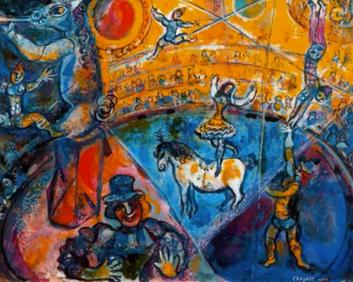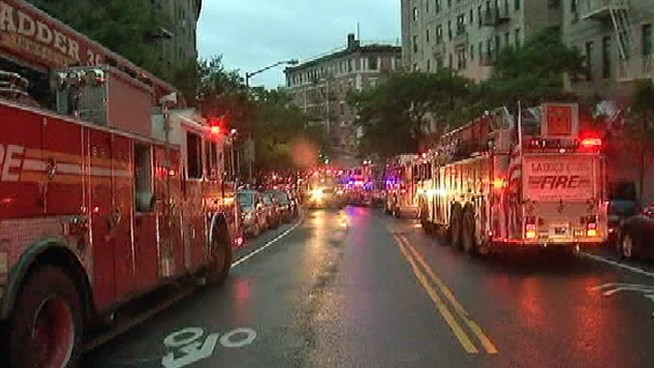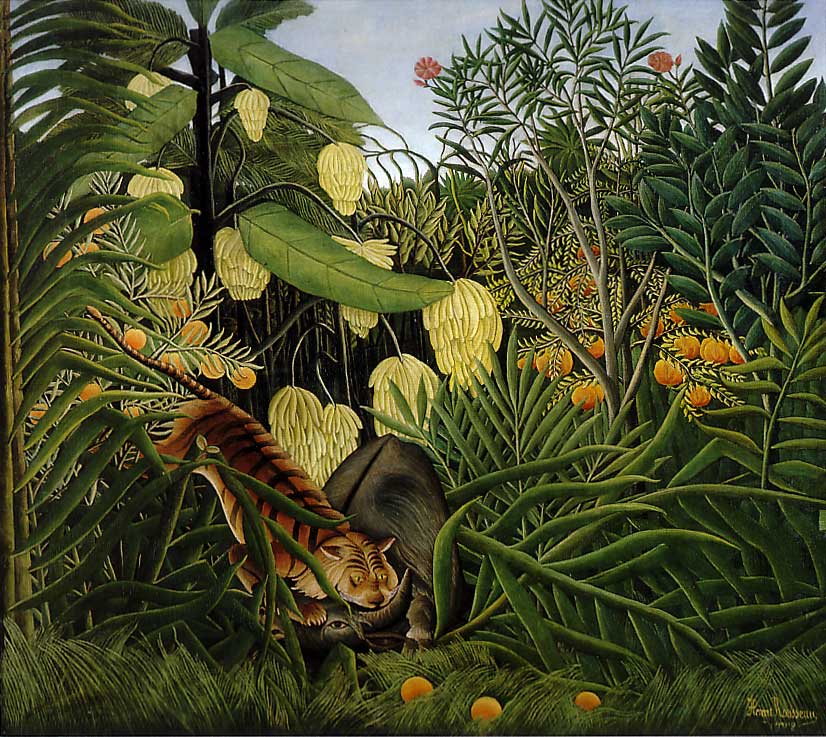Saturday.
I'm taking four Coursera classes. The two that seem most important are: fantasy, science fiction and the mind; and art concepts and techniques.
Already the classes are paying off, with new knowledge about the class subjects, and better understanding of myself.
Listening to fantasy/science fiction class lectures, then doing the first week's readings (Grimm's Fairy Tales), has helped me understand that I see life primarily through a lens of personal and social danger. These are common themes for fantasy and science fiction.
Childhood encounters with abandonment, lack of nourishment and cruelty helped bring fairy tales to life for me. Fairy tales created a formal framework for the experiences, lending me a sense of protection and dignity, through knowing that such dangers are not invisible to everyone. They also gave me a way to see things more objectively. (I don't have enough distance from this, to say more right now.)
This week, the art concepts and techniques class is focusing on Fantastic artists, coincidentally, with lectures on nine such artists. The first two are Henri Rousseau and Marc Chagall.
Listening to the discussion of how Rousseau applied paint, I suddenly realized that Rousseau's mature style and techniques may have been influenced by the naqashi work used to decorate Kashmiri papier-mâché boxes with scenes of animals and nature.
Rousseau almost certainly would have encountered naqashi work firsthand, because, during Rousseau's lifetime, Kashmiri shawls were highly popular in France.
The trade was important to both countries. The French term "papier-mâché" is used in Kashmir even today.
Imported Kashmiri shawls were packed in naqashi-embellished papier-mâché boxes. And the naqashi-decorated papier-mâché boxes became popular collectibles in their own right in France.
I see lots of similarity between naqashi work and Rousseau's technique and style - things like: distinct form edges, enameled colors, layered brushwork, flattened perspective, smoothly-modeled textures, and the subject matter: stories of people, animals and nature.
I've always loved Chagall's work for its fantastical story-telling style. In this week's lecture on Chagall, I learned he used elements from Cubism.
I was completely unaware of his connection with Cubism.
I also didn't realize that I have a sensitivity to Cubism itself. Just last month, I pinned an image of a glass sculpture by Jiyong Lee, on Pinterest.
It was only after watching the Chagall lecture that I realized that the sculpture uses Cubist structures called "interpenetrating planes."
And that is exactly what moved me most about it.
Chagall's edges are usually curved and soft-textured, rather than linear and distinct. Yet his planar structures are often Cubist.
In fact, Chagal uses Cubist-style interpenetrating planes (new term for me) throughout his work.
Sometimes these structures are distinct, sometimes they're implied. But they're very common in Chagall. I think they're one of the most distinctive identifying features of his work.
It's a pattern in my life that whenever I start work that involves a heavy time commitment, and the work is meant specifically to benefit me, something strange happens. It's always something that could not have been predicted, something "out of the blue."
This week, with four classes active, I had my fingers crossed. There was more work on the job than usual. Early heat and, later, heavy rains, were uncomfortable. Around midnight last night, tired almost to the point of muteness, I let go of everything I was trying to accomplish and went to sleep.
I woke at 3:45 am. Refreshed, I started watching art lectures. Loud whooshes of sound, like a sudden heavy downpour, started up. I was surprised. I thought it had already stopped raining. I listened, but when the noise stopped after a minute, I went back to watching the lectures, then put them on hold in order to write the Rousseau part of this post. A few minutes later, I heard the sound of a fire engine approaching, then stopping on the street outside the courtyard. Then more came.
It turned out the whooshing sounds had come from the collapse of a nearby retaining wall. No one was hurt. Part of a building, east and up the hill from where I live, was damaged - some of its fire escapes were pulled off. Right now, engineers think the wall was undermined by the rain from tropical storm Andrea.
There's been lots of activity and noise from firemen, police, onlookers, residents who were asked to leave the damaged building, news teams, superintendents, handyman, neighbors, community service volunteers, and news helicopters.
Everyone in this building is worried that we may be asked to evacuate, if engineers discover that whatever caused the collapse is deeper than they think. Everyone responding to the collapse has assured us that the building is safe, electric and gas and phones are OK, and so on. Which is good, if time proves it's true. I'm hoping it's true. The feeling from emergency people on the street is upbeat.
But it hasn't been a wonderful morning for catching up with classwork. And as if I needed more of the same, it's also one more proof for my childish sense that the world is a dangerous place.
I'm taking four Coursera classes. The two that seem most important are: fantasy, science fiction and the mind; and art concepts and techniques.
Already the classes are paying off, with new knowledge about the class subjects, and better understanding of myself.
.cover.jpg) |
| frontispiece of first volume of Grimms' Kinder- und Hausmärchen (1812) |
Childhood encounters with abandonment, lack of nourishment and cruelty helped bring fairy tales to life for me. Fairy tales created a formal framework for the experiences, lending me a sense of protection and dignity, through knowing that such dangers are not invisible to everyone. They also gave me a way to see things more objectively. (I don't have enough distance from this, to say more right now.)
This week, the art concepts and techniques class is focusing on Fantastic artists, coincidentally, with lectures on nine such artists. The first two are Henri Rousseau and Marc Chagall.
Listening to the discussion of how Rousseau applied paint, I suddenly realized that Rousseau's mature style and techniques may have been influenced by the naqashi work used to decorate Kashmiri papier-mâché boxes with scenes of animals and nature.
Rousseau almost certainly would have encountered naqashi work firsthand, because, during Rousseau's lifetime, Kashmiri shawls were highly popular in France.
 |
| Kashmiri artists embellishing papier-mâché objects with naqashi. uncredited photo, c 1890. |
Imported Kashmiri shawls were packed in naqashi-embellished papier-mâché boxes. And the naqashi-decorated papier-mâché boxes became popular collectibles in their own right in France.
 |
| Kashmiri papier-mâché boxes, decorated with naqashi work |
I see lots of similarity between naqashi work and Rousseau's technique and style - things like: distinct form edges, enameled colors, layered brushwork, flattened perspective, smoothly-modeled textures, and the subject matter: stories of people, animals and nature.
I've always loved Chagall's work for its fantastical story-telling style. In this week's lecture on Chagall, I learned he used elements from Cubism.
 |
| Jiyong Lee glass sculpture "Green & Yellow Cuboid Segmentation" |
I also didn't realize that I have a sensitivity to Cubism itself. Just last month, I pinned an image of a glass sculpture by Jiyong Lee, on Pinterest.
It was only after watching the Chagall lecture that I realized that the sculpture uses Cubist structures called "interpenetrating planes."
And that is exactly what moved me most about it.
 |
| Marc Chagall's "The Circus Horse" |
In fact, Chagal uses Cubist-style interpenetrating planes (new term for me) throughout his work.
Sometimes these structures are distinct, sometimes they're implied. But they're very common in Chagall. I think they're one of the most distinctive identifying features of his work.
* * *
It's a pattern in my life that whenever I start work that involves a heavy time commitment, and the work is meant specifically to benefit me, something strange happens. It's always something that could not have been predicted, something "out of the blue."
This week, with four classes active, I had my fingers crossed. There was more work on the job than usual. Early heat and, later, heavy rains, were uncomfortable. Around midnight last night, tired almost to the point of muteness, I let go of everything I was trying to accomplish and went to sleep.
 |
| aerial view of collapsed retaining wall. photo: Seth Gottfried, New York Post. |
It turned out the whooshing sounds had come from the collapse of a nearby retaining wall. No one was hurt. Part of a building, east and up the hill from where I live, was damaged - some of its fire escapes were pulled off. Right now, engineers think the wall was undermined by the rain from tropical storm Andrea.
 |
| 5:30 am. uncredited photo: nbcnewyork.com |
Everyone in this building is worried that we may be asked to evacuate, if engineers discover that whatever caused the collapse is deeper than they think. Everyone responding to the collapse has assured us that the building is safe, electric and gas and phones are OK, and so on. Which is good, if time proves it's true. I'm hoping it's true. The feeling from emergency people on the street is upbeat.
But it hasn't been a wonderful morning for catching up with classwork. And as if I needed more of the same, it's also one more proof for my childish sense that the world is a dangerous place.

No comments:
Post a Comment